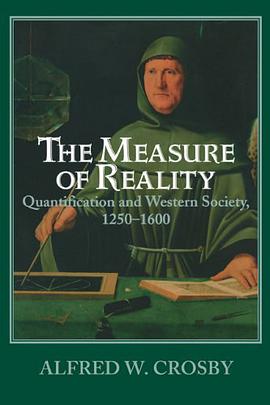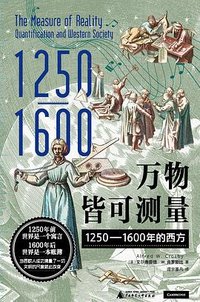
Quantification in Western Europe, 1250-1600
Alfred W. Crosby
résumé
Western Europeans were among the first, if not the first, to invent mechanical clocks, geometrically precise maps, double-entry bookkeeping, precise algebraic and musical notations, and perspective painting. More people in Western Europe thought quantitatively in the sixteenth century than in any other part of the world, enabling them to become the world's leaders. With amusing detail and historical anecdote, Alfred Crosby discusses the shift from qualitative to quantitative perception that occurred during the late Middle Ages and Renaissance. Alfred W. Crosby is the author of five books, including the award-winning Ecological Imperialism: The Biological Expansion of Europe, 900-1900 (Cambridge, 1986)
contents
Part I. Pantometria Achieved:
1. Pantometria, an introduction
2. The venerable model
3. Necessary, but insufficient
4. Time
5. Space
6. Mathematics
Part II. Striking the Match: Visualization:
7. Visualization, an introduction
8. Music
9. Painting
10. Bookkeeping
Part III. The New Model

